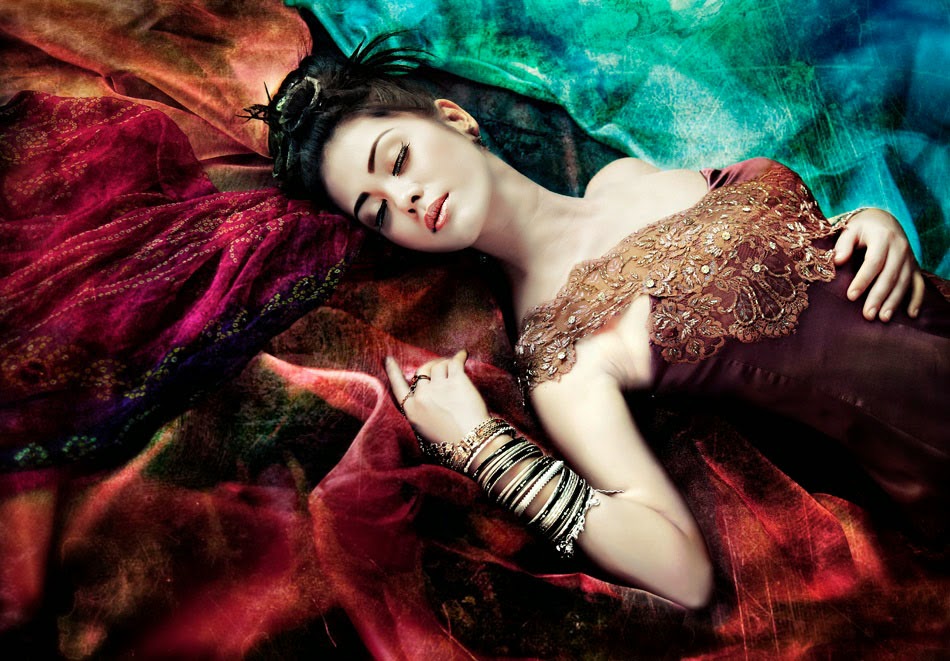The leaves are turning. Now's the season to grab your camera and capture those rich reds, yellows, and oranges we've arrived at associate with autumn. Yet while fall brings by using it some fiery colors that light up any landscape, not every seasons and places all over the world are as convenient for that aspiring travel photographer.
Use Strong, Bold Colours
Deep, saturated colours have impact. The important thing to using strong colours successfully is within keeping the composition simple. Including plenty of different colours in a photo lessens their impact. For maximum effect, stay with a few blocks of bold colour.
Use Subtle, Pastel Colours
Colour photography is not only about strong colour. Colour photography can be very subtle, almost monochrome. You're more prone to get pastel colours on a dull cloudy day. This kind of light, which is so soft there are almost no shadows, is ideal for subjects like portraiture, flowers, still life and waterfalls - anything where an excessive amount of contrast could ruin the photo.
Colour Balance
This diagram is called a colour wheel and explains the relationships between different colours. Colours near to each other on the wheel complement each other. If you wish to create a photo with a calm, mellow feel, then use colours which are close to each other on the wheel. Good examples are a blue sea underneath a blue sky - or perhaps an autumnal woodland scene composed of yellow, red and brown hues. This photo of a blue wall is another example, it uses the colours blue, green and purple all of which are close on the wheel.
Use One Colour Against a Neutral Background
Two of the most important elements in the composition of this photo of an old car would be the colour and texture. The neutral grey of the background accentuates the car's blue paintwork. Placing a strong colour against a neutral background emphasises the colour since there are no competing hues to detract attention from this.
Colour Temperature
Light has colour. The light cast through the setting sun or a candle has an orange cast, for instance. The light in the shadows of a sunny sky has a blue cast. Our eyes adapt to this automatically. Your camera will adjust automatically as well, as long as you set the white balance setting to automatic (check your manual for instructions). Additionally, it comes with preset white balance controls. These are normally daylight, shade, cloudy, flash, tungsten and flourescent; even though they may vary from camera to camera. You are able to set these to match the sunshine source that's lighting your subject.
Let One Colour Dominate
Let one colour dominate. The colour becomes the primary subject of the photo, as in this photo of plant pots against a terracotta coloured wall. Terracotta may be the dominant hue of the photo. The effect is even stronger once the dominant colour is a primary colour (red, yellow or blue). in the photo of a blue wall used to illustrate the next point.
Use Strong, Bold Colours
Deep, saturated colours have impact. The important thing to using strong colours successfully is within keeping the composition simple. Including plenty of different colours in a photo lessens their impact. For maximum effect, stay with a few blocks of bold colour.
Use Subtle, Pastel Colours
Colour photography is not only about strong colour. Colour photography can be very subtle, almost monochrome. You're more prone to get pastel colours on a dull cloudy day. This kind of light, which is so soft there are almost no shadows, is ideal for subjects like portraiture, flowers, still life and waterfalls - anything where an excessive amount of contrast could ruin the photo.
Colour Balance
This diagram is called a colour wheel and explains the relationships between different colours. Colours near to each other on the wheel complement each other. If you wish to create a photo with a calm, mellow feel, then use colours which are close to each other on the wheel. Good examples are a blue sea underneath a blue sky - or perhaps an autumnal woodland scene composed of yellow, red and brown hues. This photo of a blue wall is another example, it uses the colours blue, green and purple all of which are close on the wheel.
Use One Colour Against a Neutral Background
Two of the most important elements in the composition of this photo of an old car would be the colour and texture. The neutral grey of the background accentuates the car's blue paintwork. Placing a strong colour against a neutral background emphasises the colour since there are no competing hues to detract attention from this.
Colour Temperature
Light has colour. The light cast through the setting sun or a candle has an orange cast, for instance. The light in the shadows of a sunny sky has a blue cast. Our eyes adapt to this automatically. Your camera will adjust automatically as well, as long as you set the white balance setting to automatic (check your manual for instructions). Additionally, it comes with preset white balance controls. These are normally daylight, shade, cloudy, flash, tungsten and flourescent; even though they may vary from camera to camera. You are able to set these to match the sunshine source that's lighting your subject.
Let One Colour Dominate
Let one colour dominate. The colour becomes the primary subject of the photo, as in this photo of plant pots against a terracotta coloured wall. Terracotta may be the dominant hue of the photo. The effect is even stronger once the dominant colour is a primary colour (red, yellow or blue). in the photo of a blue wall used to illustrate the next point.

No comments:
Post a Comment